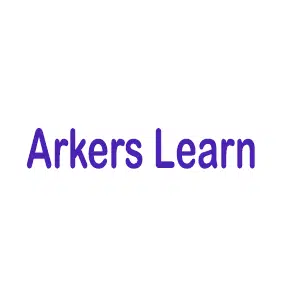
The Crucial Role of Doubt Clearing in Education: Fostering Understanding and Confidence
In the realm of education, doubts are not obstacles; they are stepping stones to deeper understanding. Doubt clearing, often overlooked amidst the rigors of academic pursuit, holds paramount importance in nurturing a student’s intellectual growth, fostering confidence, and facilitating meaningful learning experiences.
1. Stimulates Critical Thinking: Doubt is the catalyst for critical thinking. When students encounter concepts or problems that challenge their understanding, it prompts them to question, analyze, and evaluate. By addressing doubts, educators encourage students to engage in active inquiry, developing essential skills for problem-solving and decision-making in both academic and real-world scenarios.
2. Enhances Conceptual Clarity: Doubt clearing serves as a clarifying lens through which students can gain a deeper comprehension of complex subjects. By seeking clarification on unclear topics, students solidify their understanding, connect disparate concepts, and build a strong foundation for future learning. Clearing doubts not only fills gaps in knowledge but also fosters conceptual coherence and retention.
3. Boosts Confidence and Self-Efficacy: Unresolved doubts can erode a student’s confidence and self-efficacy, leading to disengagement and diminished academic performance. Conversely, addressing doubts empowers students to confront challenges with resilience and optimism. As doubts are dispelled and understanding deepens, students develop a sense of mastery and confidence in their abilities, fueling their motivation to tackle new challenges head-on.
4. Promotes Active Engagement: Doubt clearing transforms passive learners into active participants in the learning process. When students feel comfortable expressing their uncertainties, it creates an environment conducive to open dialogue and collaborative problem-solving. By actively engaging with their doubts, students take ownership of their learning journey, fostering a sense of agency and autonomy.
5. Cultivates a Growth Mindset: Embracing doubts as opportunities for growth cultivates a growth mindset—a belief that intelligence and abilities can be developed through effort and perseverance. By reframing doubts as natural and essential components of the learning process, educators instill resilience and resilience in students, enabling them to embrace challenges, learn from setbacks, and persist in the face of adversity.
6. Strengthens Teacher-Student Relationships: Doubt clearing fosters strong, supportive relationships between educators and students. When students feel comfortable expressing their uncertainties without fear of judgment, it builds trust and rapport with their teachers. By demonstrating empathy, patience, and dedication to addressing students’ doubts, educators create a nurturing learning environment where students feel valued, respected, and understood.
7. Encourages Lifelong Learning: In the ever-evolving landscape of knowledge, the ability to navigate uncertainties and seek clarification is essential for lifelong learning. By honing their doubt-clearing skills, students develop a growth-oriented mindset and a thirst for knowledge that extends far beyond the confines of the classroom. Embracing doubt as an integral part of the learning process equips students with the resilience and curiosity needed to thrive in an increasingly complex world.
In conclusion, doubt clearing is not merely a pedagogical practice; it is a cornerstone of effective education. By embracing doubts, fostering critical thinking, enhancing conceptual clarity, and nurturing confidence, educators empower students to become lifelong learners who approach challenges with curiosity, resilience, and confidence. As we prioritize doubt clearing in education, we pave the way for a future generation of empowered thinkers and problem-solvers poised to make meaningful contributions to society.



